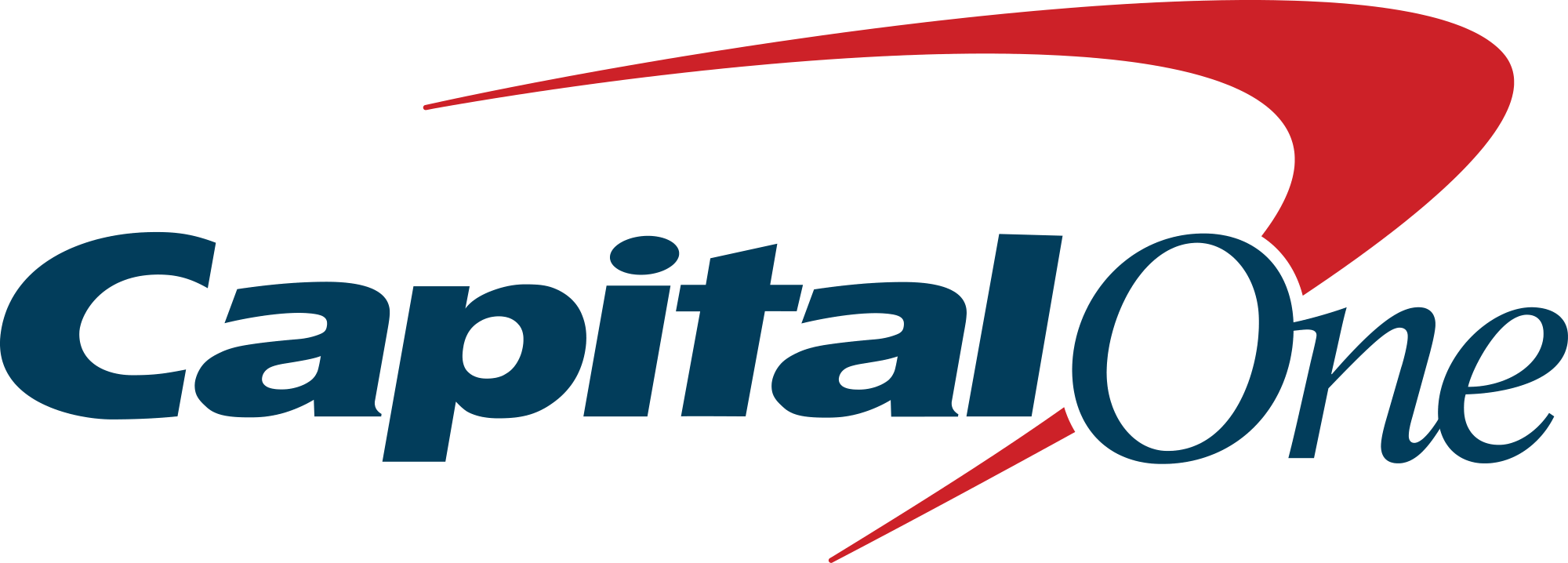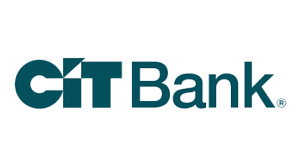In a time when interest rates are expected to fall, certificates of deposit (CDs) can be an alluring financial product. They allow you to lock in rates before they fall, and at the end of the term, you get your money back, plus interest. But there can be drawbacks to these products that can be a net negative for your finances.
Here are three places I’d rather put my cash than a CD, and why they work.
1. High-yield savings account
High-yield savings accounts (HYSAs) have comparable — and in some cases, higher — rates to CDs, but without the requirement that you leave that cash alone for months or even years. And since I’m favoring liquidity as I work toward my various financial goals, including rebuilding my emergency fund, that’s a major win. (Emergency funds are best stored in accounts that you can tap into when you need them.)
It’s worth noting that if rates fall going forward, as is expected following the Fed’s benchmark interest rate cut, HYSA rates will also likely fall since they come with variable APYs. Even so, the accessibility offered by HYSAs is enough to tip the scales for me, especially as they’ll still offer much higher interest rates than traditional savings accounts.
Our Picks for the Best High-Yield Savings Accounts of 2024
|
American Express® High Yield Savings APY 4.10%
|
APY 4.10%
|
Min. to earn $0 |
|
Capital One 360 Performance Savings 
APY 4.10%
|
APY 4.10%
|
Min. to earn $0 |
|
CIT Platinum Savings 
APY 4.70% APY for balances of $5,000 or more
Min. to earn $100 to open account, $5,000 for max APY
|
APY 4.70% APY for balances of $5,000 or more
|
Min. to earn $100 to open account, $5,000 for max APY |
Ready to explore your HYSA options? Check out our top high-yield savings accounts for 2024.
2. Checking account
As a freelancer, my income tends to fluctuate from month to month. So I make a point to keep a checking account buffer. This amount is meant to stay in the account so that if an invoice isn’t paid on time, I’ll have enough money to pay my bills.
Although checking accounts aren’t usually known for paying interest (meaning my cash would technically be losing money over time, due to inflation), the best checking accounts often pay at least some interest, with a low barrier to earn the highest rate. That way, you can still hedge against income fluctuations (as well as financial stress) while preserving as much value as possible.
3. Roth IRA
Saving for retirement may not give that relatively quick satisfaction of getting returns on your investment. But given enough time, it can turn even small contributions into major funds for your post-working life.
Roth IRAs also offer tax-free withdrawals in retirement in exchange for giving up a tax cut in the year you make contributions. That means you won’t have to worry about potentially pushing yourself into a higher tax bracket by taking money out of that account.
Let’s say you invested $200 a month in a Roth IRA for one year (for a total of $2,400). After 25 years, you’d have about $26,000. And this assumes a 10% annual return (which is slightly below the average return for the S&P 500 over the last 10 years), as well as zero additional contributions after that initial year of investing.
Finding the best accounts to store your cash isn’t just about the return. To choose the best options for you, you’ll have to decide your needs and goals for that cash.

